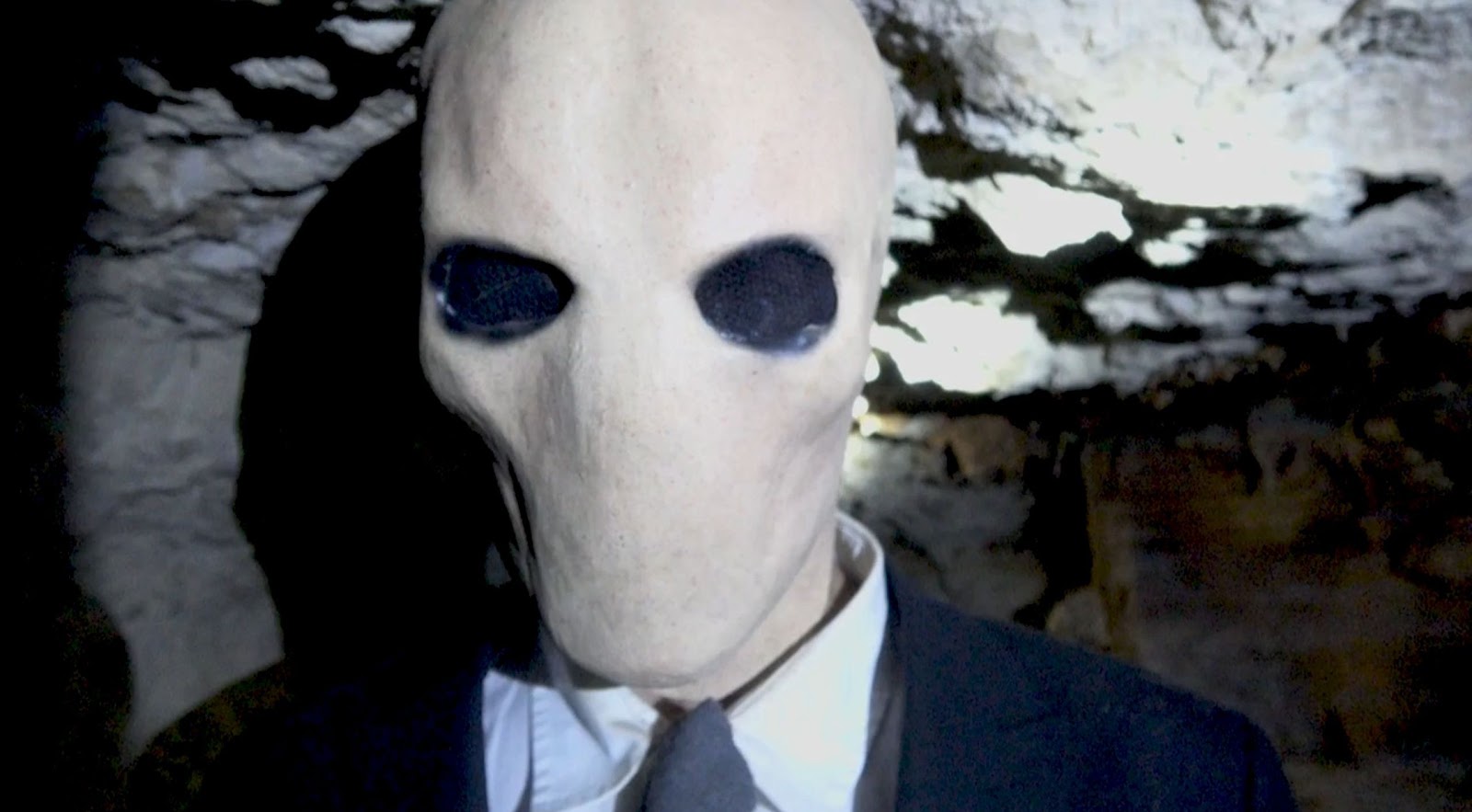I don't think there's a consistently or reliably different aesthetic effect between a wintry vs. summer mise-en-scène. And to the extent there is, I wouldn't focus on lighting or color.
I love wintry horror films, but that's largely a personal taste. I love winter, period. I find gray skies and barren streets emotionally uplifting. Bright, sunny skies depress me. Maybe I have a reverse form of seasonal affective disorder. Perhaps many goths do too. (Although, I am not a goth; I live in khaki.)
Either a winter or a summer setting can support a horror film's story, characters, or themes. The bleak, wintry scenes in Ghost Story support the characters: four old men, in the winter of their lives, their situation frozen, unchanging, by an old, guilty secret. Their elder lives contrast with the flashbacks to their youth, set in summer, when a guiltless future was still before them.
Yes, many people associate winter with bleakness and despair. Filmmakers can exploit this. The stark Canadian winter scenes in The Brood reflect Frank's bleak situation, his marriage "gone cold."

The wintry scenes in The Changling reflect John's depressing situation, having recently lost his wife and daughter in an auto accident.
But bright, sunny summer scenes can also reinforce a film's horror. If not by reflecting the character's bleak situation, then through contrast.
The Final Terror and The Prey (and many summer camp slasher films) are full of sunny outdoors footage -- creating a bright mood which contrasts with the brutal slayings. The Prey's sunny outdoor footage itself embodies contrasts; its footage depicts wildlife prey. Nature is brutal, despite the summer sun -- as is that psycho who grew up in the natural wilds, soon to prey on the campers!
Winter and summer mise-en-scène can both help or hinder a horror film, depending on how is relates to the film's story, characters, or themes. It all depends on context.
=========================
For more about my thinking on mise-en-scène in horror, see Horror Film Aesthetics: Creating the Visual Language of Fear. This blog represents a continuing discussion of my views on horror, picking up from where the book left off.











